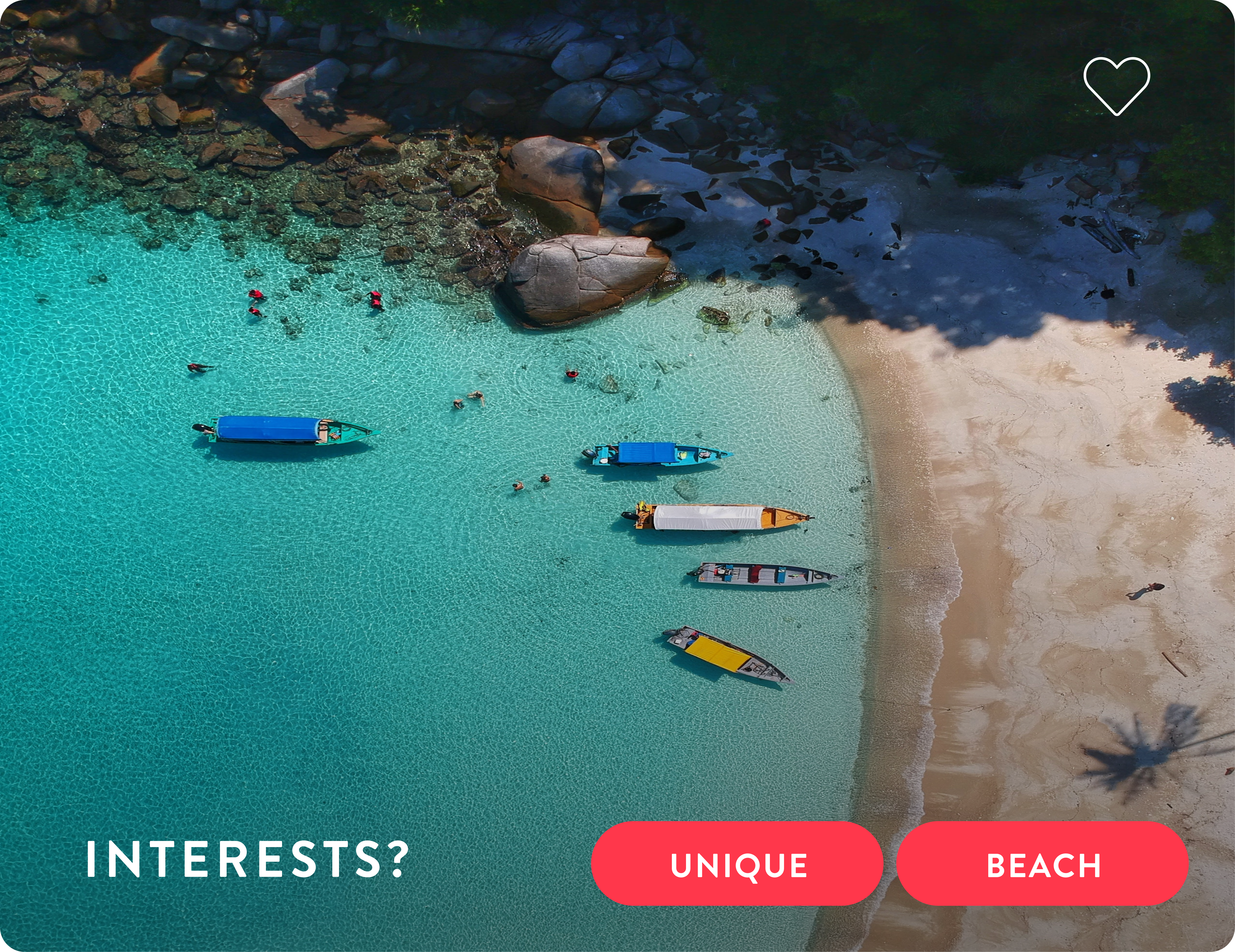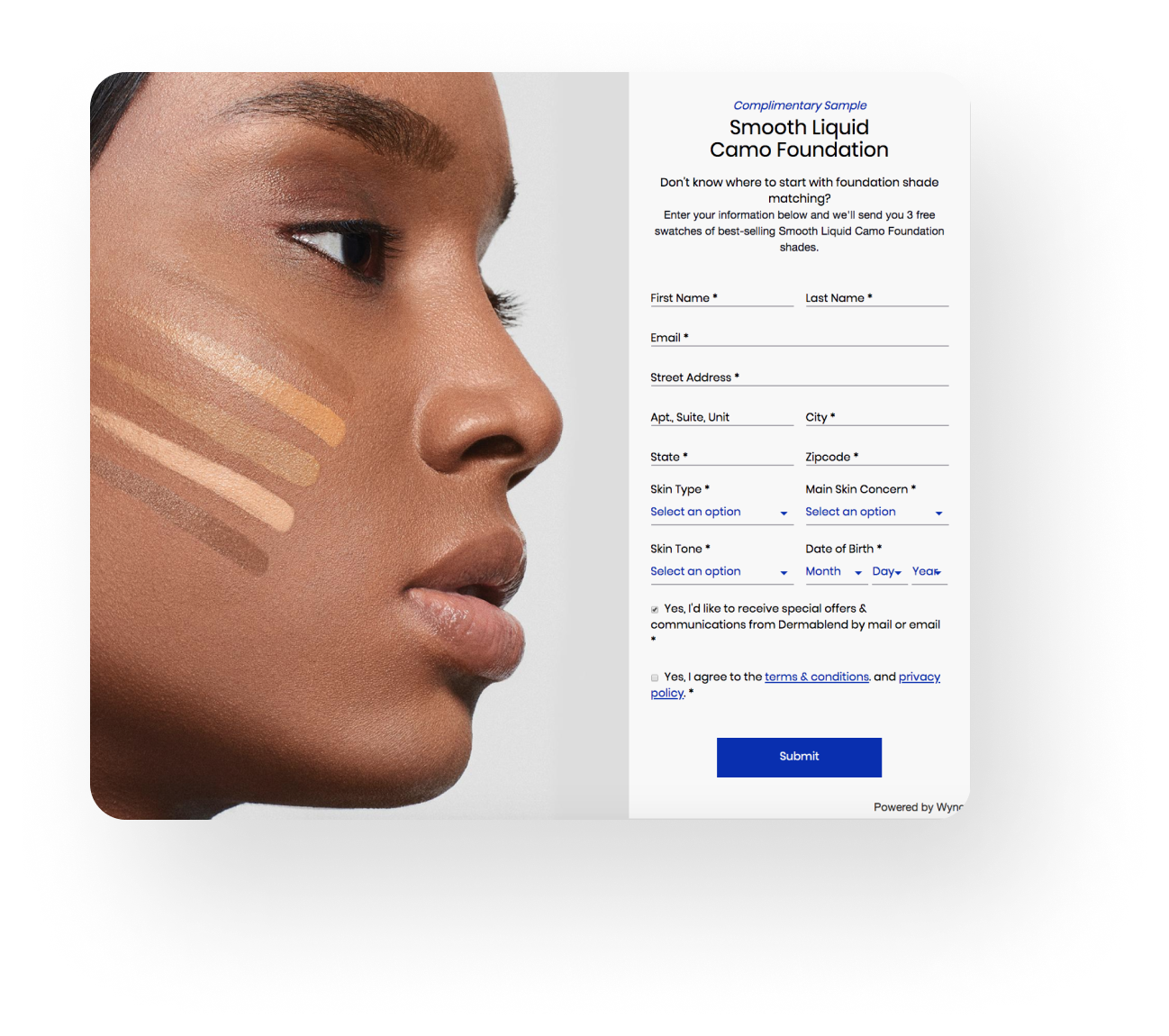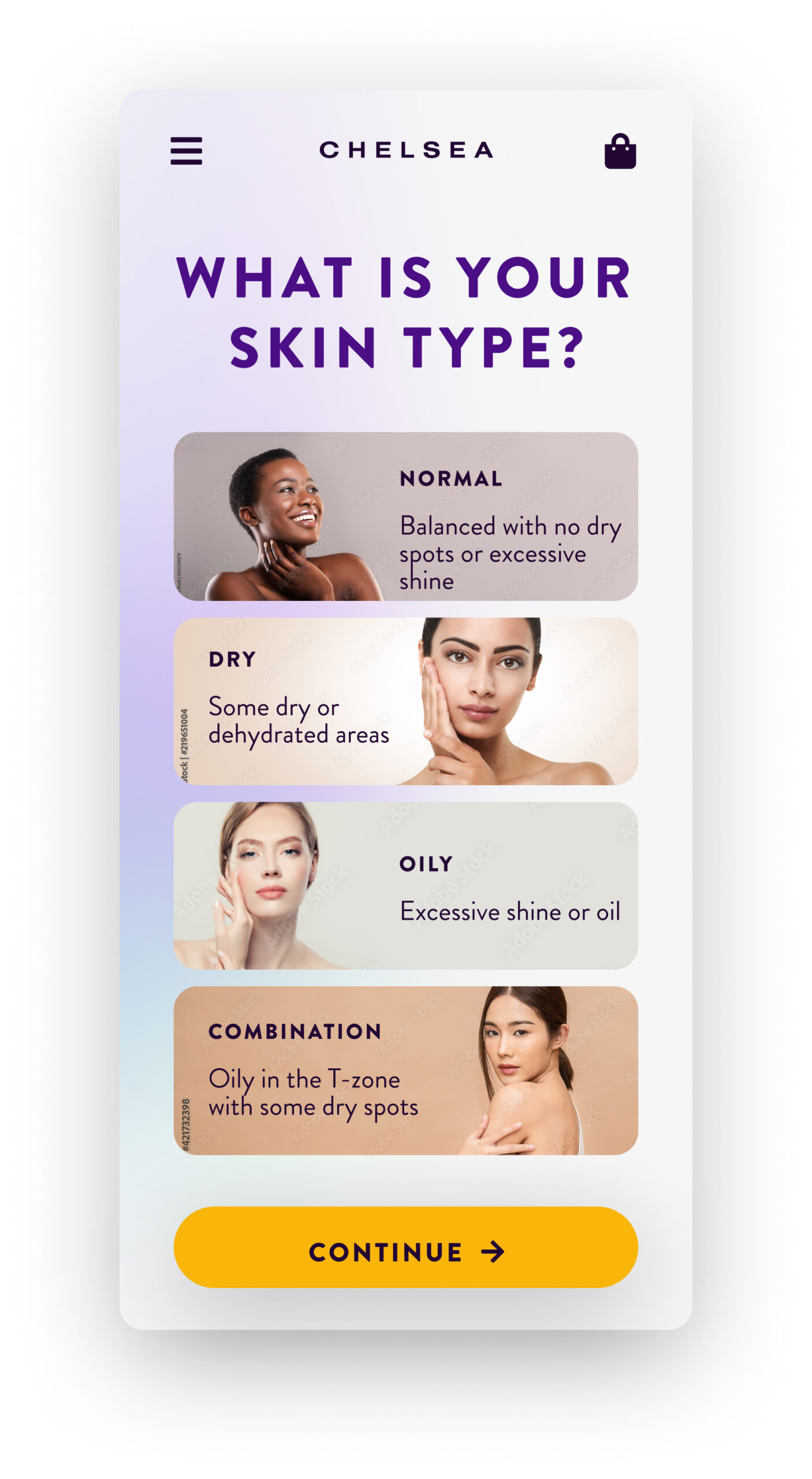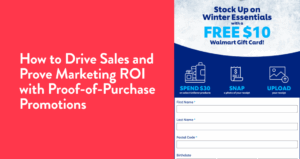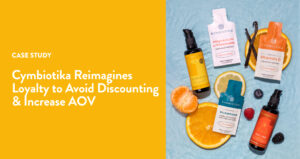Zero-party data (ZPD) is the fundamental currency in a privacy-first world, and it is as valuable to people as it is to a brand. Therefore, a clear value exchange is necessary to earn zero-party data, and brands should design experiences to earn ZPD. This is different from the way we think about other data types like first- and third-party data that are “captured” and “collected” instead of earned.
Zero-party data is different from other data in two key ways:
1) All ZPD is given with direct consent to be used by the brand
2) ZPD is mostly preferences that are nearly impossible to infer from observing behavior or demographics
What this means is that ZPD can and should be used instantly to improve and personalize the customer experience. Because ZPD is so valuable and so different, we need to come up with ways to think about how we earn and use it differently.
Our simple formula for earning ZPD
Relevant Moment: Any point in a customer journey where you can provide tangible help. This can include looking for signals like browsing time, unsuccessful searches, product catalog pages, learning to use a product, or even positive times when customers are happy with an experience and want a way to share it or continue it.
Value Exchange: The value you can create for the customer – such as saving time, knowledge, discounts, or something else particular to your industry or products.
Microexperience: The simplest and lowest friction way to both gather a preference and provide value.
The value exchange is the most critical part of this equation, and it is also the part that most brands have the hardest time with. Brands struggle because they are used to thinking of online experiences as ways to extract value from customers, not to create it for them. This thinking has to change, and brands that think of creating value first will win the hearts of future customers.
Side note: this blog talks all about the value exchange in the moment, but in a digital world the preferences you gather can be used in perpetuity – which makes them even more valuable.
In Real Life: Finding the Right Hammer
To explain how this works, lets first examine a real-life example of earning zero-party data and progressively delivering personalization to build a trusting relationship with a customer.
Let’s say you go to the hardware store because you need a hammer to build a fence. When you get there, you have no idea where in the 72 aisles and 40 acres of space to look, so you either wander around or ask someone. If you ask an associate where the hammers are, they kindly point you to the right aisle. This is valuable because it saves you time and effort.
When you get to the aisle, you notice there are dozens of different hammers and brands – and you don’t know which is best for building your fence. So you ask another associate – who in turn is likely to ask you about your project, preferences, or goals in order to make an expert recommendation. Again you saved time and avoided having to do a lot of research.
If you think about this in terms of zero-party data, the hardware store earned two, maybe three, of your preferences in exchange for giving you a valuable recommendation. The only way to help the customer was to ask questions to learn exactly what they wanted, and doing so created value for the customer and the brand by increasing the odds of a purchase.
Ways to Earn Zero-Party Data
Once you have identified and prioritized all the customer preferences and ZPD your brand wants to earn, then you have to come up with moments and value to exchange for them.
In general, there are 4 different ways to think about the value you provide.
- Financial: Discounts, sales, and samples
- Recommendations: Products or solutions that align with their needs
- Access: Loyalty programs, community membership, and exclusive perks.
- Information: Insights, expertise, peer content, and relevant reviews.
It’s important not to dismiss any of these categories as less valuable – customers often have challenges with purchases that have almost nothing to do with your brand, pricing, or the features of your products – it’s all about their context and specific problem. Making a purchase with any sort of complexity involves some decision anxiety, so being able to offer any help to instantly answer questions or lower the financial barrier are more valuable than you think.
As you have probably realized by looking at these categories, your brand has a ton of valuable resources to share today. The challenge now is to deliver those resources at the right time in the simplest possible way.
What is a relevant moment?
Once you have identified the customer data you want and the value you can exchange for it, you need to identify the most relevant moments to provide value. The key is to be able to know when and where a person is most likely to be asking themselves a question related to your desired preference. This concept can be hard to define, so that will have to be tackled in a future blog. For today, we can use some examples to hopefully illustrate the concept.
In the case of finding a hammer above, the relevant moments were A) entering the store and B) standing in the hammer aisle. The value was delivering a bit of domain expertise and a product recommendation that saved the shopper time and effort. The microexperience was an associate interaction. The zero-party data earned was their preferences in hammers, construction, and DIY projects.
Let’s look at a few different examples across industries and relevant moments in a customer journey.
A family travel planner needs ideas
ZPD: Vacation preferences
MOMENT: Visitor browsing and searching for ideal beach destinations for his family
VALUE EXCHANGE: Recommended Content
MICROEXPERIENCE: Contextual Preference or Next-Best Question
Travel companies have a lot of ways they can prove value to an anonymous visitor. A typical person doesn’t know of all the best family beaches in the world or even near them. With just a couple questions, a travel expert can deliver a few ideal locations in a matter of seconds. This enhances the experience for the visitor and builds trust in the travel to provide a booking that also exceeds expectations.
One way to provide value and collect preferences easily and quickly is with Contextual Preferences. How this works is a visitor takes some action, like filtering or searching, and a link will show up asking if they want to add this context to their preferences in order to provide personalized results throughout the rest of their visit. The travel site can now confirm this first-party behavioral data is actually zero-party preference data. For the customer, they get the value of highlighted content and recommendations throughout their visit. For the brand, they now have a 100% reliable customer preference that can be used to increase engagement and overall conversion rate. Later, if the visitor creates an account, this preference can be easily added to their profile for perpetuity. This one-click interaction is a great example of a “microexperience” that builds a customer profile progressively, one preference at a time.
A beauty shopper needs reassurance to purchase
ZPD: Skin type, shade, and concern
MOMENT: Adding to cart
VALUE EXCHANGE: Free sample or discount
MICROEXPERIENCE: Survey
If a person is close to purchasing an item, it is a perfect time for some financial incentives. Here would be a good time to implement two value exchange tactics that are prevalent in the Beauty and Consumer Goods industries – sampling or instant discounts.
Sampling is a good way to show that you are willing to invest in the customer before they invest in you. On the data side, samples and discounts are very valuable, and it’s appropriate to ask for more information in accordance with that value.
In this case, a Sampling Survey would be appropriate. We have helped customers embed a sampling survey into their cart abandonment process. Sampling is also a great way for beauty brands to help customers with decision anxiety by alleviating the financial cost to try something that might not work for them.
For advanced brands, you might already have some of the data that the quiz is asking for through a different microexperience. In this case, a real-time platform like Wyng can progressively change the form fields or questions to skip known fields and add in others.
Post-purchase for brand loyalty
ZPD: Goals or Challenges
MOMENT: First login or few days after sign-up/purchase
VALUE EXCHANGE: Loyalty program, expertise, or peer connection
MICROEXPERIENCE: Personality or Preference Quiz
For many products, engaging customers after their first purchase is just as important to the business. Ensuring customer success and adoption is a different kind of goal, and therefore usually requires different types of incentives. In many cases, a community or loyalty program can help connect customers with new sources of value and expertise..
For business software or financial products that require some education and expertise, loyalty programs and communities provide incentive to learn from other experts or gamify product usage in some way. However, the education a person needs depends highly on their goals. In the financial example, it’s common to see some quizzes around retirement or major life milestones like purchasing a home or vehicle. In order for a brand to offer relevant value, they need to know this goal and your current obstacles to achieving it. A quiz is an easy way of earning this information, and the value exchange is expert advice, calculators, or peer content on how to achieve that goal.
The advantages of a digital-first world
Data retention: In real-life interactions, the customer preferences only live in the head of the one sales associate and vanish soon after that interaction. In a digital world, that information is saved for the future to help the customer in every future interaction.
Flexibility: If you have done privacy-first personalization correctly you should know their goals or challenges before they purchase, but people can change over time. Especially for complex products that have multiple uses or subscription services that grow with the customer. You may need to solve a new problem every few months to retain that customer and keep them engaged.
Gamification: Earning data can become part of a systemic approach tied to incentives and building strong relationships. Loyalty programs offer pretty direct incentives to continue purchasing and interacting with a brand in the form of points and perks that translate directly into financial rewards or exclusive access. Communities offer people a connection to experts in their field of interest or relationships with likeminded people.
Always start with the customer needs
Earning data is the same as earning trust in a privacy-first world. You need to start with empathy and put yourself in your customer’s shoes. We’ll continue to share what we learn about building privacy-first personalization and earning zero-party data. Please give us your feedback as well!
Moving to a privacy-first and customer-first approach doesn’t happen overnight, but it is really simple to get started with your first few preferences, and Wyng can help you build and launch them in less than 30 days.


